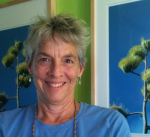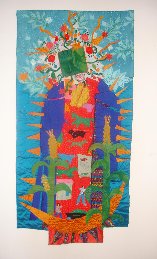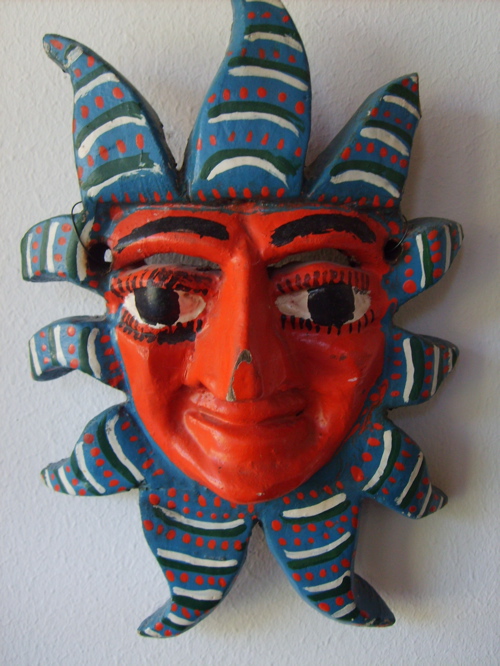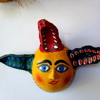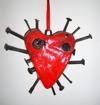Dye Stuff
 Wednesday, September 20, 2006 at 11:08AM
Wednesday, September 20, 2006 at 11:08AM History comes alive for me through personal meaning, so even though the prose is rather dense and dry, I found the information in A History of the International Dyestuff Industry to be worth slogging through. I knew that Procion MX dyes, those most of us artful dyers use, were fairly new, more of the postwar explosion of chemical tinkering (and one of the more benevolent). Here's an excerpt that pinpoints the official birthday:
March 1956 was the centenary of the discovery of Perkin's mauve, and the event was celebrated, like the fiftieth anniversary, by international gatherings in London and New York. Appropriately, the ICI Dyestuffs Division marked the event with the announcement of the first successful fiber reactive dye, reacting chemically with the fiber to form covalent bonds. These exceptionally fast dyes became the first of the Procion range, ideal for cotton dyeing (Procion Yellow R, Procion Brilliant Red 2B, and Procion Blue 3G)....
Today, the fiber reactive dyes are available in a wide range of shades, are extremely brilliant, are wetfast, and can be applied economically. They were originally applied to wool, but the dyeing performance does not match that on cellulose. In Japan, for example, fiber reactive dyes account for over half of the colorants used for cellulosic fibers.
Actually, the earlier dye history is more interesting, with more details about the actual people involved, and the article includes some wonderful old engravings of dye machinery and technology. Thanks to the wonderful Layers of Meaning blog for this link. And thanks to the unknown chemists who have given us such wonderful colorants -- and all the chemical surprises possible on the cloth. (P.S. Another benefit from reading this article is the incentive it provides for us to use proper safety procedures when handling dyes in studio -- all those nicely scary chemical formulas pointing to long-chain organic chemicals!)
The photo above shows Els van Baarle at a recent workshop, where she taught us methods of using layers of Procion MX dyes with hot wax batik to create richly nuanced color and texture.

